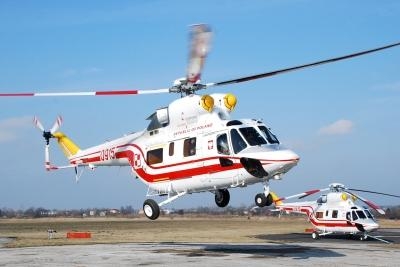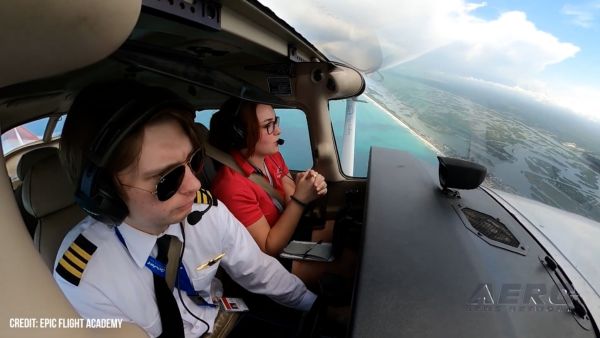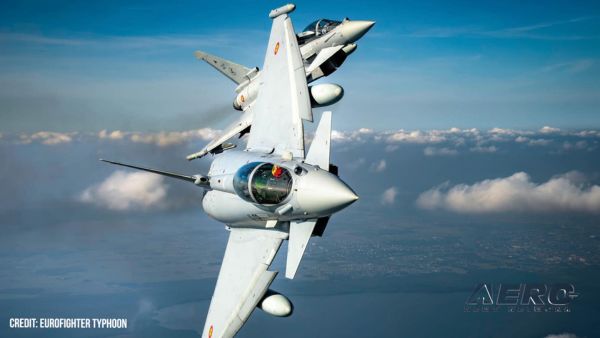Mon, May 03, 2021
AD 2021-08-16 Requires Repetitive Inspections Of A Certain Part-Numbered Stainless Steel Cable
The FAA is adopting a new airworthiness directive (AD) for PZL Swidnik S.A. (PZL) Model W-3A helicopters.

This AD requires repetitive inspections of a certain part-numbered stainless steel cable (cable) installed on a certain part-numbered hoist assembly, and depending on those inspection results, removing certain parts from service and reporting the results. This AD also prohibits installing the affected part unless it is inspected per the AD requirements. This AD was prompted by wear of and damage to the cable near the swaged terminal due to movement of the hook assembly. The actions of this AD are intended to address an unsafe condition on these products. This AD becomes effective May 11, 2021.
Supplementary Information: EASA, which is the Technical Agent for the Member States of the European Union, has issued EASA AD 2020-0017, dated January 30, 2020, to correct an unsafe condition for all serial-numbered Wytwórnia Sprzêtu Komunikacyjnego (WSK) “PZL-Œwidnik” Spólka Akcyjna (S.A.) Model PZL W-3A helicopters with a Collins Aerospace (formerly Goodrich) electric hoist assembly (hoist) part number (P/N) 76378-500 having stainless steel cable P/N 712952 installed. EASA advises that occurrences were reported of cables found worn out; the damage consisted of reduction of the cable diameter near the swaged terminal. EASA states that subsequent investigation identified that the extensive cable wear was possibly caused by flickering movement of the hook assembly in the stowage position during flights. EASA further states that this condition, if not detected and corrected, could lead to reduction of the cable strength, possibly resulting in an in-flight loss of
the hoist load, injury to persons, or damage to and reduced control of the helicopter.
Accordingly, EASA AD 2020-0017 requires repetitive inspections of the cable to detect cable condition and diameter restriction and based on those inspection results, either replacing parts or additional maintenance actions and reporting non-compliant inspection results to Collins Aerospace. For helicopters that do not have the affected hoist installed, EASA AD 2020-0017 allows installing an affected hoist provided that it is new (never previously installed), overhauled (never installed after overhaul), or has passed an inspection (no defect found, or defects corrected), less than 25 flight hours before installation, in accordance with the instructions of the service information.
More News
Landing Area Any locality either on land, water, or structures, including airports/heliports and intermediate landing fields, which is used, or intended to be used, for the landing>[...]
Aero Linx: North American Trainer Association NATA is an independent, non-profit 501(c)(3) corporation dedicated to the preservation, restoration and safe operation and enjoyment o>[...]
Also: Astronaut Pettit & Cosmonauts Return, Malaysia Wants Boeing Slots, Germany Nixes Typhoon Sale, More Boeing Woes The CAF’s restored C-47 Skytrain “Ready 4 Duty>[...]
Also: Sun Country CEO to Spirit, Indian AF Rafale Jets, Archer-United, Avflight Grows Federal prosecutors recently filed a lawsuit against an uncertified charter flight company and>[...]
“The Notice to Airmen system is deeply outdated and showing serious cracks. Over the last few years, we’ve seen multiple system outages ground regional air travel, crea>[...]
 ANN's Daily Aero-Term (04.22.25): Landing Area
ANN's Daily Aero-Term (04.22.25): Landing Area ANN's Daily Aero-Linx (04.22.25)
ANN's Daily Aero-Linx (04.22.25) Airborne 04.23.25: CAF C-47 Skytrain, Tough Low-Level Drone Regs, NEW NOTAMs
Airborne 04.23.25: CAF C-47 Skytrain, Tough Low-Level Drone Regs, NEW NOTAMs Airborne 04.21.25: Charter Bust, VeriJet Woes, Visual Approach Risks
Airborne 04.21.25: Charter Bust, VeriJet Woes, Visual Approach Risks Aero-News: Quote of the Day (04.23.25)
Aero-News: Quote of the Day (04.23.25)



